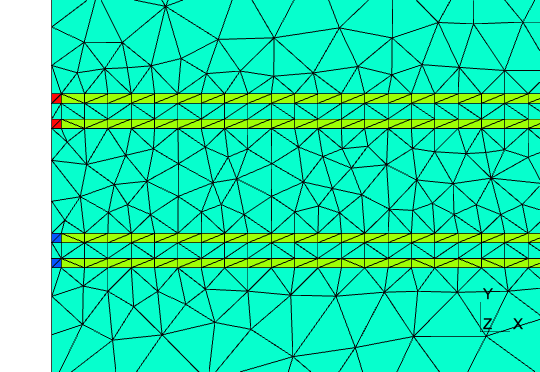Arnout Beckers, Jakob Michl, Alexander Grill, Member IEEE; Ben Kaczer, Marie Garcia Bardon, Bertrand Parvais, Bogdan Govoreanu, Kristiaan De Greve, Gaspard Hiblot,
and Geert Hellings, Senior Member IEEE
Physics-Based and Closed-Form Model for Cryo-CMOS Subthreshold Swing
in IEEE Transactions on Nanotechnology, vol. 22, pp. 590-596, 2023,
DOI 10.1109/TNANO.2023.3314811.
IMEC, Leuven (B)
Institute for Microelectronics, TU Vienna (A)
Vrije Universiteit Brussel (B)
KU Leuven (B)
Abstract: Cryogenic semiconductor device models are essential in designing control systems for quantum devices and in benchmarking the benefits of cryogenic cooling for high-performance computing. In particular, the saturation of subthreshold swing due to band tails is an important phenomenon to include in low-temperature analytical MOSFET models, as it predicts theoretical lower bounds on the leakage power and supply voltage in tailored cryogenic CMOS technologies with tuned threshold voltages. Previous physics-based modeling required to evaluate functions with no closed-form solutions, defeating the purpose of fast and efficient model evaluation. Thus far, only the empirically proposed expressions are in closed form. This article bridges this gap by deriving a physics-based and closed-form model for the full saturating trend of the subthreshold swing from room down to low temperature. The proposed model is compared against experimental data taken on some long and short devices from a commercial 28-nm bulk CMOS technology down to 4.2 K.

FIG: (a) TEM picture of a mature imec technology node. (b) Electrostatic potential fluctuations near the channel/oxide interface. (c) Gaussian distributed depths of the potential wells. (d) Including the binding energy in the wells in the quantum picture gives a Laplace distribution of P(Eb). (e-f) Convolution (*) of P(Eb) with the sharp-edged 2-D DOS leads to a logistic/Fermi-like DOS function with an exponential tail.







